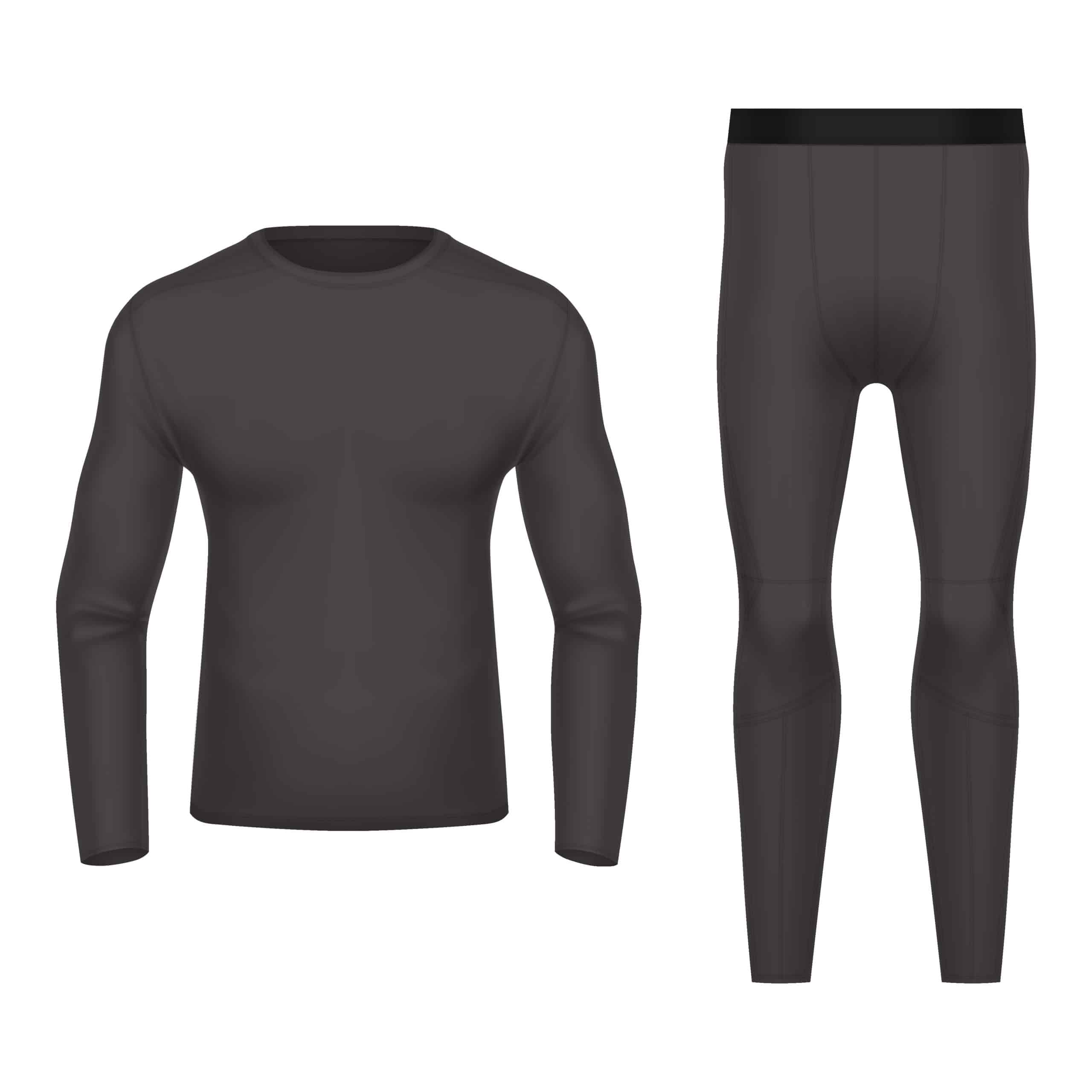Full-body compression garments may significantly improve the posture and behavior of some individuals with autism spectrum disorders (ASD), according to a new study. Vincent Guinchat and colleagues note that compression garments are already used for individuals with joint hypermobility, including those with Ehlers-Danlos syndrome—a syndrome sometimes associated with autism.
In this study, the researchers explored whether the garments would also benefit individuals with ASD, severe behavior problems, and severe proprioceptive dysfunction (SPD). Proprioception involves the understanding of where the body is in space, and abnormalities seen in SPD include hypotonia, hypertonia, abnormal posture, poor balance, and motor control, and stereotyped behaviors such as spinning.

The researchers analyzed results for 14 children and adults treated with compression garments at their facility. All participants had severe behavior problems that had not responded to multiple forms of treatment, and clinicians had performed extensive testing to rule out possible medical explanations.
The customized compression garments used by the researchers included pants, vests, and mittens, and allowed for a full range of motion. Participants wore them for at least one hour each day, but typically for at least 4 hours and often the entire day, for six weeks. They were not allowed to sleep in them (although several participants wanted to).
The researchers report that individuals wearing the garments exhibited significant improvement in most scores on the Aberrant Behavior Checklist following their use. In particular, scores for irritability, hyperactivity, and lethargy improved. In addition, the participants’ posture and motor performance showed significant improvement. However, no changes were seen in sensory scores. While some of the participants also had joint hypermobility, there was no difference in outcome between participants with or without this issue.
The researchers say participants tolerated the garments well. Only one adverse effect— mild edema—was seen in a participant who was allowed to sleep in the garment. They conclude, “Compression garments appear to be a promising adjuvant treatment for both behavioral and postural impairments in individuals with autism and SPD.”
–
“Compressive garments in individuals with autism and severe proprioceptive dysfunction: a retrospective exploratory case series,” Vincent Guinchat, Elodie Vlamynck, Lautaro Diaz, Coralie Chambon, Justine Pouzenc, Cora Cravero, Carolina Baeza-Velasco, Claude Hamonet, Jean Xavier, and David Cohen, Children, July 13, 2020 (free online). Address: David Cohen, Department of Child and Adolescent Psychiatry, Reference Centre for Rare Psychiatric Diseases, AP-HP, Groupe Hospitalier Pitié-Salpêtrière, Sorbonne Université, 75006 Paris, France, david.cohen@aphp.fr.
This article also appears in Vol. 34, No. 3, 2020, of Autism Research Review International

